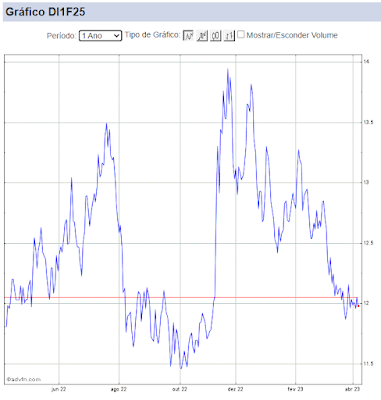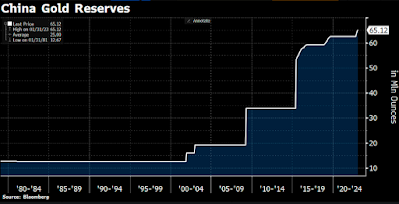Brasil: Ruído político ainda elevado.
Brasil – Mesmo com o feriado, o noticiário local continua agitado. A potencial delação premiada de Sergio Machado (ex presidente da Transpetro, muito ligado a cúpula do PMDB) ainda está reverberando no meio político, trazendo uma indesejada instabilidade no inicio do governo interino de Michel Temer.
De acordo com a mídia, a delação de Machado poderá conter novas informações em torno do financiamento de campanhas. Além disso, novas transcrições das conversar de Sergio junto a José Sarney mostrou uma tratativa em torno de como tentar conter os avanços da Operação Lava-Jato. Por hora, não há indícios de nenhum mal feito por nenhuma das partes, mas existe o receio por parte da cúpula do PMDB de que novas revelações possam incriminar importantes agentes do atual governo, tudo isso segundo informações dos artigos dos jornais de hoje.
O risco, neste momento, é o enfraquecimento político do governo interino, que viria através da perda de apoio no Congresso, ao mesmo tempo em que sociedade começa a ver o governo interino como um espelho do governo afastado. Em palavras mais populares, “no meio político, todos são iguais”, não há porque apoiar um ajuste econômico se as mesmas práticas que supostamente eram usadas no passado também são usadas pelos atuais comandantes do país.
Além da instabilidade política, o ajuste econômico também apresenta alguns ruídos. Primeiro foi a manobra de pagamento do BNDES ao Tesouro que está sendo questionada por especialistas. Agora, espera-se que grande parte das medidas anunciadas só sejam votadas em setembro. Finalmente, pelas contas dos economistas, as medidas anunciadas até o momento são insuficientes para estabilizar a dívida/PIB em um prazo razoável. O ajuste proposto até o momento é muito suave, cheio de incertezas, frente a urgência que o país necessita.
Externo – A recuperação no preço do petróleo, que atingiu os US$50 hoje pela manhã, continua a dar suporte ao ativos de risco ao redor do mundo. As bolsas operam em alta, assim como as commodities. O dólar cai e os ativos emergentes apresentam um alívio não desprezível.
Contudo, os sinais de crescimento global continuam preocupantes. As prévias dos PMIs de serviços divulgados ontem, assim como os PMIs manufatureiros, ficaram abaixo das expectativas do mercado, reforçando a visão de um crescimento global que ainda patina.
Alguns dados localizados, como foi o caso dos números de capex na Austrália está noite, mostram uma enorme dificuldade de alguns países em se ajustar a nova realidade global de crescimento.
Assim, continuo vendo a melhora dos ativos de risco com ceticismo e grande preocupação.
Abaixo, segue uma transcrição da visão do estrategista de moedas do Morgan Stanley, que tem acertado bastante o cenário nos últimos 24 meses:
Service-Manufacturing Divergence. We believe that FX markets are going to be driven by the diverging performance between service and manufacturing oriented economies, resulting in EM (KRW, MXN) andcommodity currency weakness (AUD, CAD). In the last few days we have continued to see data pointing towards the divergence. Firstly, Belgium's leading indicator saw a fall in the manufacturing component but a rise in services. Secondly, Australia's capex data showing a decline of 5.2% in 1Q, indicates that even with lower global rates, the manufacturing industry is finding it hard to make productive investments. In contrast, Australia's tourism and hospitality industry is doing well but is not enough to compensate for the weakness in the commodity driven economy. These data points we believe are reminding investors what the global economy's biggest current challenge is : debt funded manufacturing overcapacity. Sure, Belgium is a small country, but its economic structure has promoted it to the best representative of the European economy. The divergence between services and manufacturing is similar to what we see in the US and is one of our reasons to be structurally bullish on the USD. It is the strength of the services sector driven US economy that makes it the best positioned to deal with the necessary adjustment of global manufacturing capacity.
The current risk rally rests on thin fundamentals and with the continued improvement of US financial conditions (Bloomberg), together with increasing chances of more aggressive Fed rate hikes, it should be the combination of higher rates and the higher USD undermining equities at one point. So far, the equity rally shows signs of further short-term strength. For instance, cyclicals and financials are leading the rally, which is exactly what equity bulls want to see. The higher equity market allows real rates to move higher too supported by rising nominal rates outpacing the more moderate increase of inflation expectations. Cash strapped Venezuela has been monetising some of its gold reserves to get hold of urgently required USDs. Simultaneously, gold is breaking lower. The rising S&P 500/gold ratio could be easily read as an additional sign of markets endorsing the Fed hiking rates. All this leaves the door wide open for further USD gains.
Low productivity everywhere. The overnight release of global productivity estimates by the US Conference Board, seeing productivity growth falling across the board, represents another form of weak global growth prospects. Weakening productivity growth can be attributed to two observations. First, the post Lehman balance sheet adjustment within the DM world has led to a weakening capital stock relative to labour. Here the reluctance of companies to commit investment has played in, particularly seen by the aggressive equity buy back programs. Secondly, EM over-investment has led to non-efficient capital allocations. Here, unused capacities suggest weak productivity going forward.


Comentários
Postar um comentário